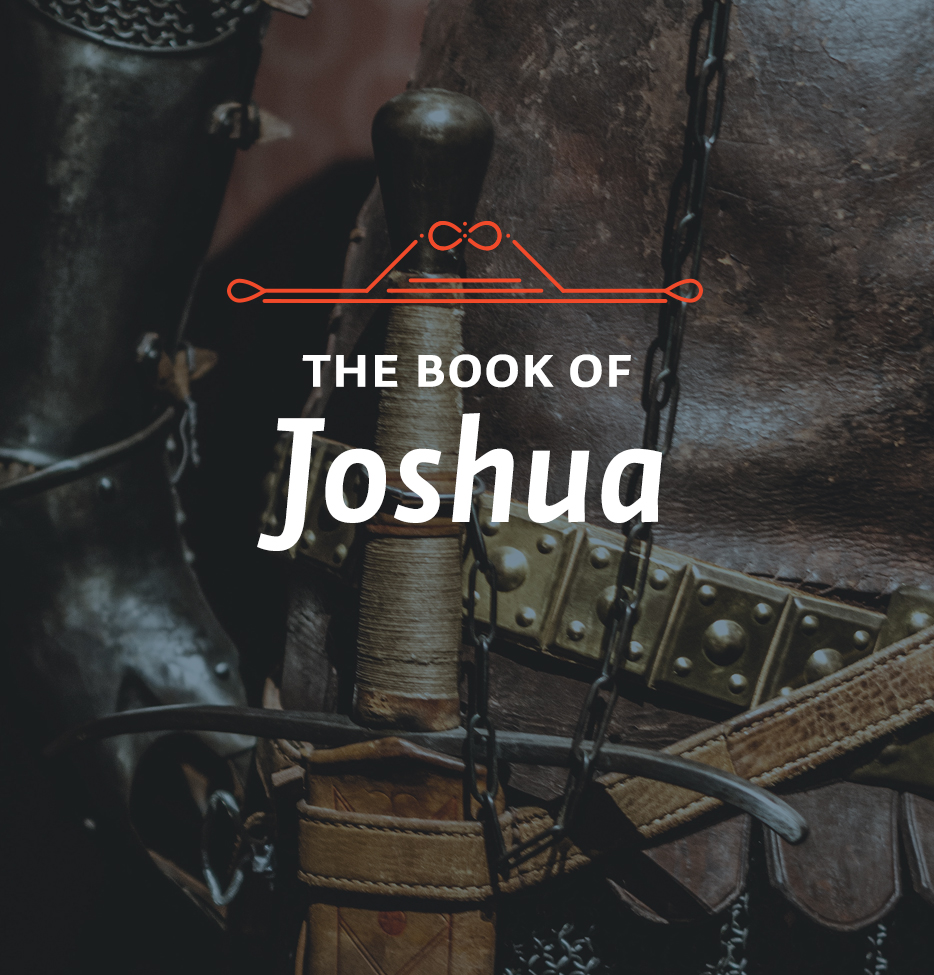THEME: Christ Alone and Always
This week’s lessons teach about the priestly cities of refuge, and how they point the way to our own refuge found only in the Lord Jesus Christ.
SCRIPTURE: Joshua 20:1-3
But even though it is not an exact parallel between the refuge that these cities gave and that which is found in Christ, there are still wonderful and quite instructive parallels. First, we’re told in Deuteronomy 19 that roads were to be built to these cities. That’s interesting, isn’t it? You’d expect there to be paths made simply from all the people going in and out. But that’s not what Deuteronomy 19 is talking about. It says that special roads were to be built to these cities.
Non-biblical sources also add a great deal of information. We learn from rabbinical sources, and also from Josephus, that not only were roads built to these cities, but they even made special efforts to build bridges across ravines lest somebody fleeing along one of these roads would find it necessary to wind down into a ravine and perhaps in that kind of a detour would be delayed enough that the avenger of blood could reach him and kill him. We learn, moreover, that they repaired the roads each spring, as a sacred duty in Israel. And as you followed along the road to one of the cities of refuge, it would also happen that you would come on occasion to a crossroad or a fork. What would happen in a situation like that if you take the wrong road? Of course, you wouldn’t get to the city of refuge. But the avenger of blood would know the way, and he’d get there ahead of you. He’d be waiting for you when you came. For that reason, signs were erected in Israel along these roads—signs that read, “Refuge, refuge,” and showed the way.
Now, let me say that there is an obligation upon us as Christian people who know the way to the refuge that is found in Jesus Christ to make that way plain. If I can use the imagery of these cities, we are to build roads so that people may get to Jesus Christ easily. We are to construct bridges over any chasms in their thinking or that our society might put in the way. We are to erect signs that point to Him. And what is more, we are to stand at the crossroads. We are to point people to Jesus, and we are to say, “Look, this is the way. There is safety. Flee to Him.”
One of the great tragedies of the church of Jesus Christ in so many centuries of its history has been that it has not clearly pointed the way to Jesus. It’s done all sorts of other things. Some of the other things that it has done have been valuable. It is engaged in social work, and other forms of divine service, and it must do that. It’s an outflowing of the life of Christ within. But, you see, whenever the church of Jesus Christ begins to think that these other things are its primary concern and forgets that it is sent into the world by Jesus Christ, its Lord and Master, to proclaim the way to Him, the church always loses its true identity. And when this happens, men and women who should be clearly pointed to the Savior are confused and go in contrary ways. The church has something to learn from these cities of refuge.
There’s a second parallel about these cities of refuge that is interesting, and it should be an encouragement to anyone who has not yet come to Jesus Christ as his Savior. It’s that the gates of the cities of refuge were always to be kept unlocked. Now, that wasn’t normal for ancient towns. At night, the gates were closed and locked up. The idea was that at night, bad people are up and about, and they might come in and steal or murder. A town might be attacked unwarily, especially at night when you can’t see a band of robbers or marauders coming against you. And so, the gates of the cities were locked at night.
But these cities of refuge were not like that. The doors of the cities of refuge were always open. So if a man at any time, day or night, accidentally killed a fellow and had to flee, he could get in there and find himself safe. In a similar sense, the way to Christ is always open. The Lord Jesus Christ didn’t set up office hours. He didn’t say, “I’ll see you between 8 and 5, Mondays through Fridays. But if you get concerned about religion over the weekend, well, don’t bother me. Come back on Monday.” Obviously He didn’t do anything of the sort. The Lord Jesus Christ said, “Come unto me,” so that anybody at any time in any place can come and find Him willing and ready to receive that one. And in Him, they find life.
STUDY QUESTIONS:
What two parallels are discussed?
What is unusual about the second parallel?
REFLECTION:
Just as signs were put down to direct people to a particular city of refuge, what “signs” or means did God use to direct you to Jesus Christ for your salvation?
KEY POINT:
The Lord Jesus Christ said, “Come unto me,” so that anybody at any time in any place can come and find Him willing and ready to receive that one. And in Him, they find life.






